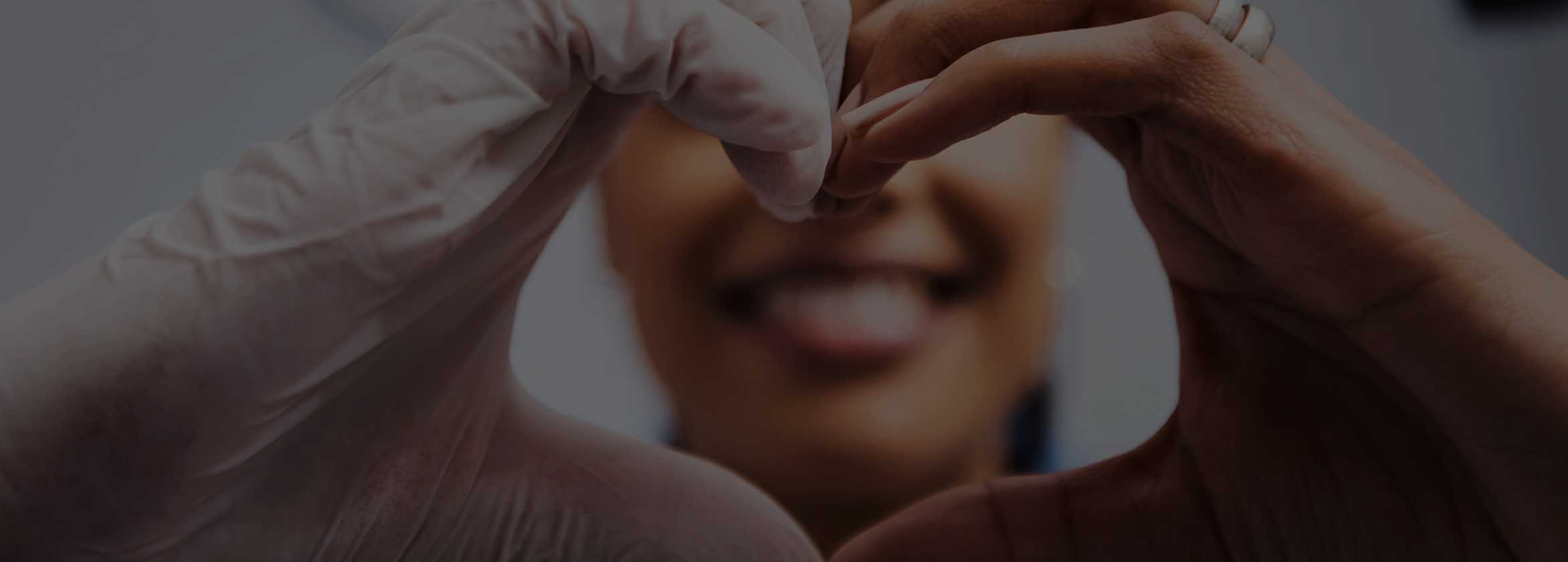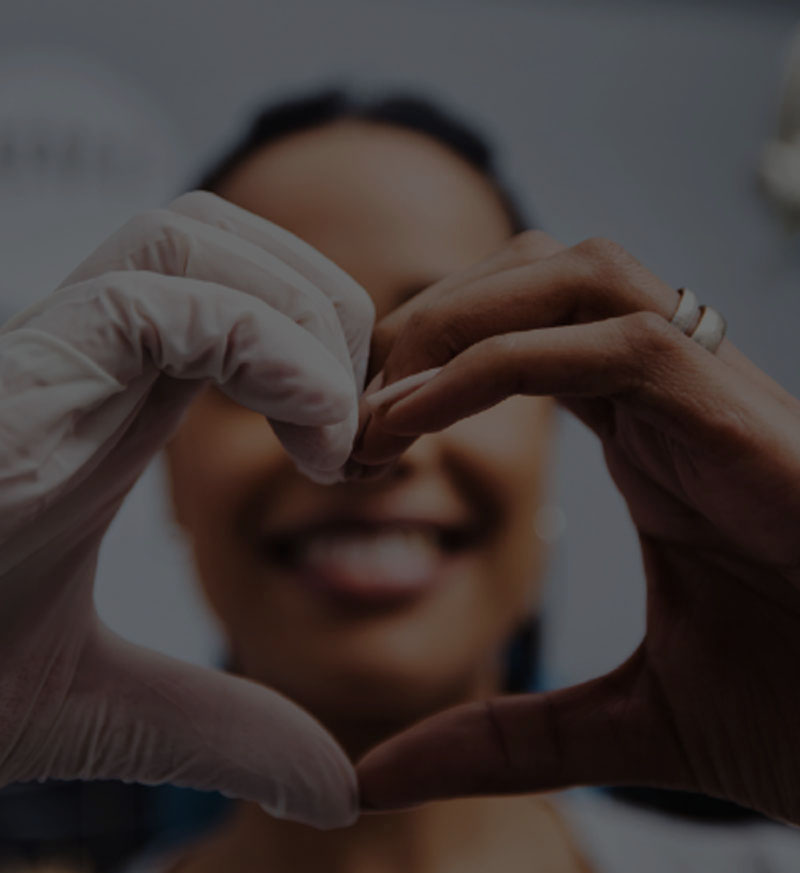TMJ Therapy
At Let’s Smile Dental in Virginia, our teams are equipped to diagnose and treat TMD. Read on to learn more about what this therapy entails and how it can help you!
WHAT IS TMJ?
The temporomandibular joint (TMJ) is the area where your lower jawbone (mandible) connects to your skull. This joint helps you move your jaw forward, backward, and side-to-side. It also aids in chewing and speaking.
WHAT IS TMD?
Temporomandibular joint disorder (TMD) is a disorder that affects the jaw joint. It is characterized by inflammation in the joint and associated muscles, which can lead to a variety of symptoms such as the following:
- Headaches
- Pain or tenderness of the jaw
- Pain in one or both of the temporomandibular joints
- Aching pain in and around the ear
- Difficulty chewing or pain while chewing
- Aching facial pain
- Locking or difficulty in opening or closing the mouth
WHAT ARE THE CAUSES OF TMD?
TMD can be caused by several factors including bruxism (teeth grinding), stress, trauma to the jaw joint, arthritis, misaligned teeth, or a bad bite. A thorough evaluation by our dental professionals is necessary to determine the cause of your symptoms. By determining the cause, we are better prepared to treat the disorder at its source.
HOW IS TMD TREATED?
The goal of TMJ therapy is to reduce inflammation, relieve pain, and restore the normal function of the joint. In order to do this, it is important to first understand the vast complexities of the facial anatomy and recognize how every joint, muscle, and ligament works together to create a harmonious balance. When any one of these anatomical components becomes out of balance, pain and dysfunction can occur as too much pressure falls on one particular structure.
In most cases, we find that poor alignment of the teeth and jaw can contribute to the disorder. Fortunately, this can be corrected with orthodontic treatment, and in order to accelerate jaw tension relief and get the patient back to feeling their best as quickly as possible, we combine multiple therapeutic modalities; this may include ultrasound, photobiomodulation, microcurrent, and muscle manipulation.



